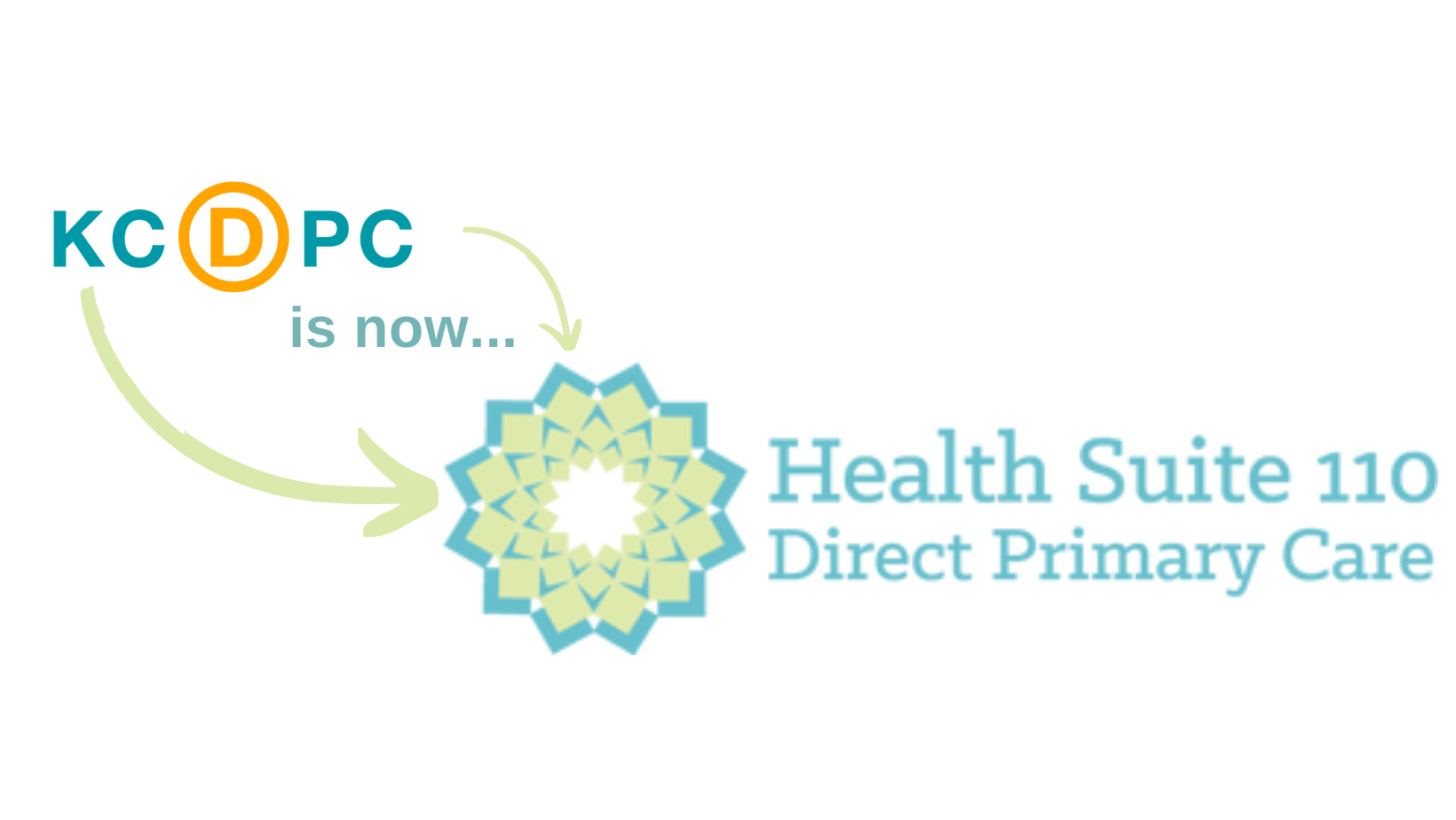Dr. Edwards was interviewed recently by Parade Magazine about the new study showing the benefit of wearing double masks. Check out what she — and others — had to say and recommend given this advice. This article is reprinted below in its entirety from Parade.com.
So, Are We All Supposed to Be Double Masking Now? Doctors Weigh In On How Many Layers of Fabric You Actually Need
Wallet, phone, keys, mask—it’s the “don’t leave the house without” checklist we’ve all gotten familiar with over the past year. But starting in January, a new trend in masking began to emerge, and we’re not talking about fun designs: We’re referring to double masking.
At the inauguration last month, many of the attendees were wearing more than one mask, and it’s now become commonplace for people to double up their masks when going to the grocery store or any other place where they won’t be able to keep six feet of distance from others. So, why have people started double masking? And is double masking actually effective in terms of stopping the spread of COVID? Parade.com talked with doctors—here’s what they had to say.
The thinking behind double masking
The double masking trend didn’t come out of anywhere. As we race to get everyone vaccinated, a troubling new COVID development has started to emerge in the form of variants or strains of the virus that are slightly different from the original. Not much is known about these variants, but some are thought to be more contagious, or potentially more deadly.
“The focus on double masking in light of new variants is simple: Because we’re seeing higher rates of transmission, we need to be a bit more aggressive in how we prevent the spread from one person to another,” says. Dr. Allison Edwards, MD, a doctor at Kansas City Direct Primary Care.
Does double masking really help?
Because scientists are still studying these new COVID variants, no doctor can definitively say that double masking can help stop the spread.
“There is no recommendation for double masks as of now,” says Dr. Julita Mir, MD, Infectious Disease Physician and Chief Medical Officer of Community Care Cooperative. “There are no available studies comparing two masks versus one, but it is true that masks have different levels of protection and there could be a role for more layers in certain circumstances. Overall, the effectiveness of a mask is based on how well particles are blocked and how fit the mask is around the face.”
So while there isn’t much research behind double masking, people have started reaching for more than one mask out of common sense. “The focus on double-masking in light of new variants is simple: because we’re seeing higher rates of transmission, we need to be a bit more aggressive in how we prevent the spread from one person to another,” explains Dr. Edwards.
It’s also worth noting that as the variants are studied more, guidelines will likely be tweaked around masking—but they will likely be tweaked around other COVID-preventative behaviors, too. “We may soon be seeing a change in social distancing and type of masks, particularly for indoor activities.”
As for when you should double mask, it’s probably best to double up any time you know you know you won’t be able to stay six feet from others, particularly indoors—so in a store, doctor’s office, the list goes on.
Related: Celebrities Getting the COVID Vaccine
The best types of material to double mask with
OK, so there’s still a lot we don’t know. But as we race to vaccinate people as these variants develop, it seems like double masking is probably a good idea. So how can you go about making your double mask as effective as possible?
“Mask material matters,” Dr. Edwards says. “Materials that have a tighter, irregular weave or materials that carry an electric charge are going to be the most effective. N95 or KN95 masks carry the highest industrial rating. Nost surgical masks are at least three layers, and surgical masks can easily be doubled up.”
What about if you’re using a cloth mask? “Use those with multiple layers—ideally with a filter material between the layers—and double up,” says Dr.Edwards. “Alternatively, design your own mask with four to six layers, keeping that filter layer in mind. Importantly, the mask must fit as closely to your face as possible for the greatest benefit, while still allowing you to breathe. Using flexible materials and a wire insert over the nose will help with this. And masks with bands that go over the head tend to be more form-fitting than those with ear loops.”
